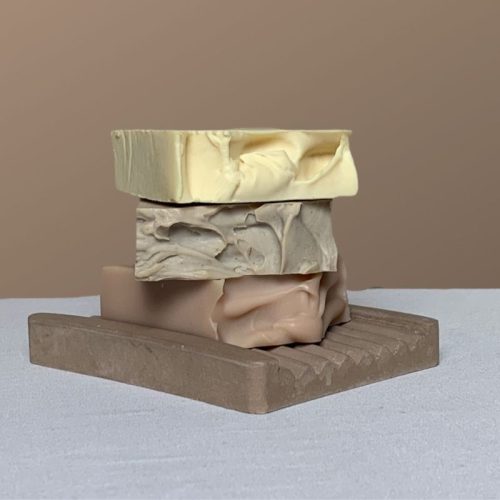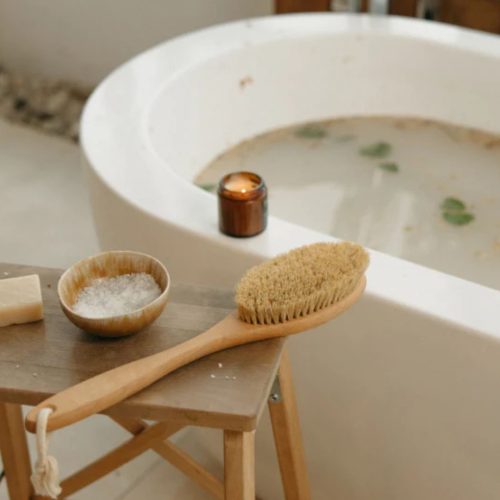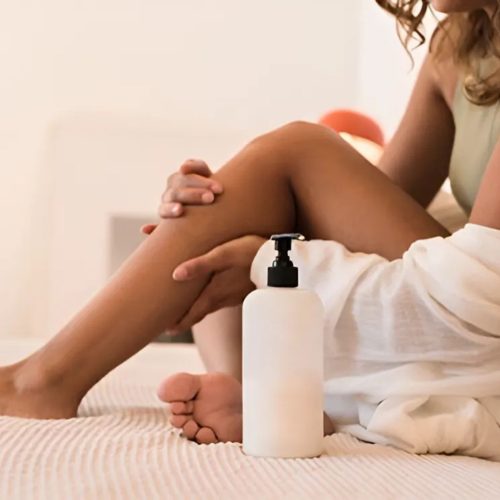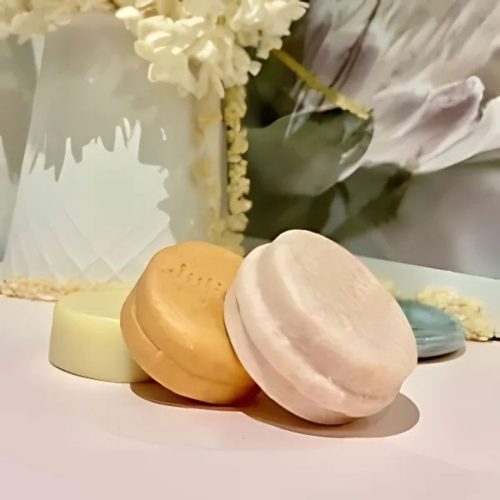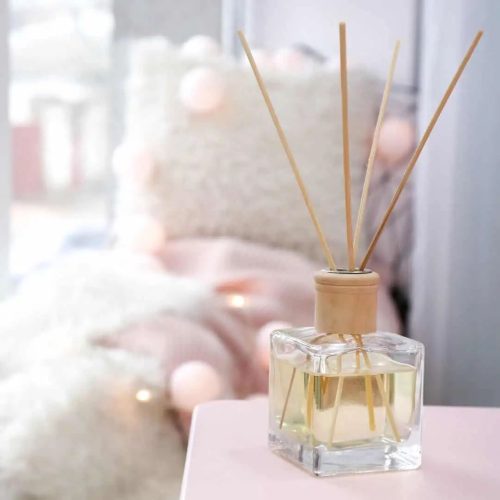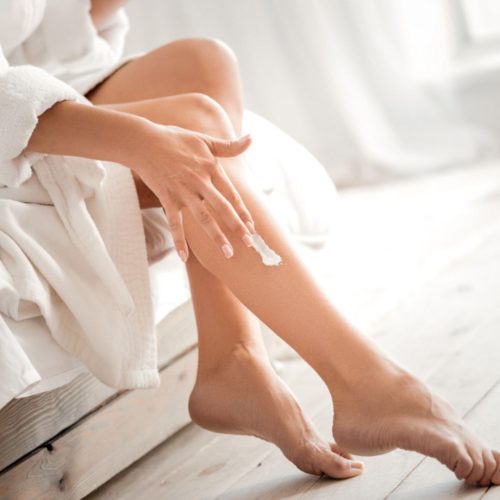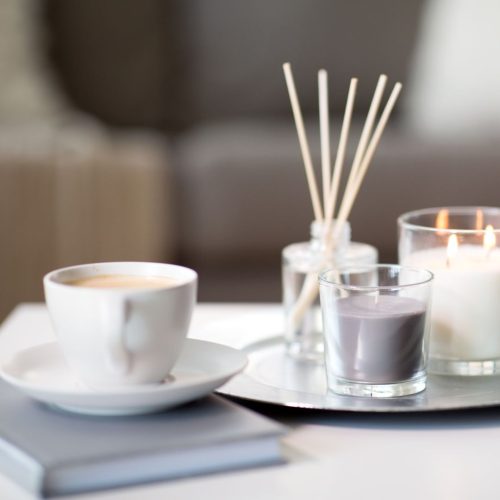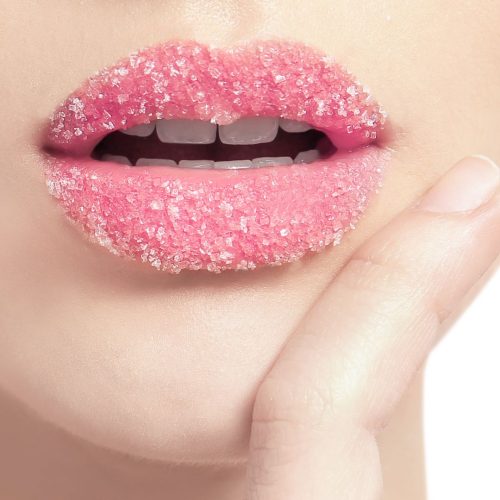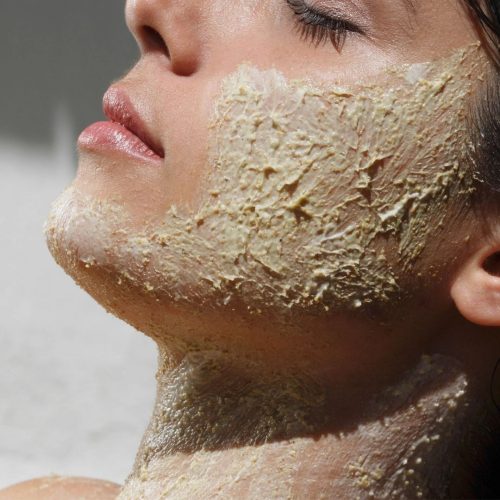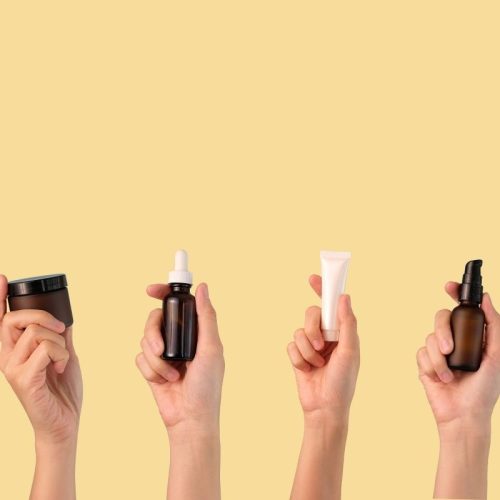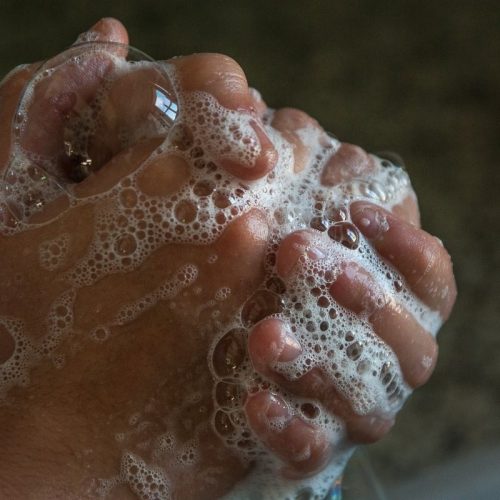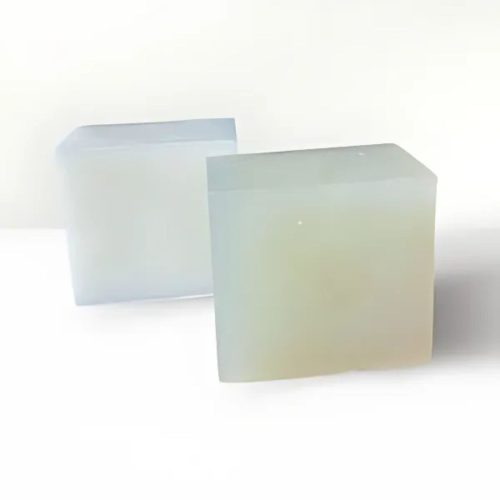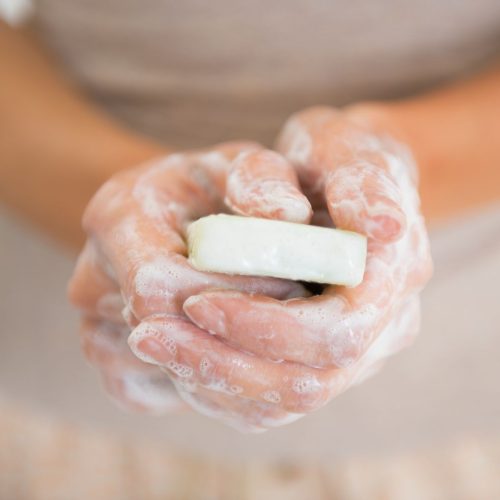Starting a beauty brand no longer requires massive upfront investment or warehouse-sized inventory commitments. In Australia's thriving beauty market, entrepreneurs are successfully launching profitable brands with as few as 50 units – and you can too.
The beauty industry has evolved dramatically, embracing small-batch production and low minimum order quantities (MOQs) that make entrepreneurial dreams accessible to everyday Australians. Whether you're a makeup artist wanting to create your signature palette or a skincare enthusiast with a game-changing formula idea, launching with 50 units offers the perfect testing ground for your business concept.
Why Small MOQ Matters for Australian Startups
Small minimum order quantities aren't just about reducing initial costs – they're about smart business strategy. When you start with 50 units, you're essentially conducting real-world market research while building your customer base. This approach allows you to test consumer response, refine your messaging, and identify your ideal customers without the financial pressure of moving hundreds or thousands of units.
Australian consumers are particularly receptive to supporting local, small-batch brands. This cultural preference for authenticity and quality over mass production works in your favour when launching with limited inventory. Your "limited edition" or "small batch" positioning becomes a selling point rather than a limitation.
Finding the Right Manufacturing Partner
Your manufacturing partner makes or breaks your small MOQ launch. Focus on finding suppliers who specialise in working with startups and small brands. Look for manufacturers that explicitly advertise low MOQs and understand the unique challenges facing new beauty businesses.
Key questions to ask potential manufacturers:
- What's your absolute minimum order quantity?
- Do you offer white label products with custom branding options?
- Can you accommodate future scaling as my business grows?
- What's your typical turnaround time for small orders?
- Do you provide samples before full production?
Australian-based manufacturers often provide better communication and faster turnaround times, though don't discount international options if they offer significant cost advantages or unique formulations.
Navigating Australian Regulations and Requirements
Australia takes a refreshingly practical approach to beauty business regulations. Unlike many countries, you don't need a specific license to start your skincare or cosmetics business. However, this freedom comes with important responsibilities.
Essential Legal Steps:
Business Registration: Register your business name with ASIC (Australian Securities and Investments Commission) and obtain your ABN (Australian Business Number). This typically costs under $200 and can be completed online.
Product Compliance: Ensure your products comply with Australian Consumer Law. This means accurate ingredient labelling, truthful marketing claims, and product safety standards.
Insurance Considerations: While not legally required, public liability insurance protects your business from potential claims. Professional indemnity insurance adds another layer of protection.
Tax Obligations: Understand your GST requirements, which typically apply once your annual turnover exceeds $75,000.
Strategic Product Selection for Maximum Impact
With only 50 units to work with, every product choice must be strategic. Focus on one to three products maximum – spreading your investment across too many SKUs dilutes your impact and complicates your launch.
High-Impact Product Categories:
Lipsticks and Lip Products: High profit margins, strong repeat purchase potential, and relatively simple manufacturing requirements make lip products ideal for small batch launches.
Signature Skincare Items: Face serums, moisturisers, or targeted treatments with unique positioning can command premium pricing and build customer loyalty.
Multi-Purpose Products: Items that serve multiple functions (like tinted moisturisers or lip-and-cheek tints) appeal to minimalist consumers and reduce your inventory complexity.
Consider seasonality and trends, but prioritise products with broad appeal over niche items that might limit your customer base.
Building Your Brand Identity on a Shoestring Budget
Your brand identity doesn't require a six-figure investment – it requires strategic thinking and creativity. Start with these foundational elements:
Brand Story: Develop a compelling narrative about why your brand exists. Australian consumers connect with authentic stories, whether it's about natural ingredients, solving a personal skin concern, or supporting local manufacturing.
Visual Identity: Invest in professional-looking packaging and branding materials. Tools like Canva offer professional templates, or consider hiring a freelance designer for custom work. Remember, your packaging is your silent salesperson.
Target Audience Definition: Clearly identify your ideal customer. Are you targeting busy professionals seeking quick beauty solutions? Eco-conscious consumers wanting sustainable options? University students on a budget? Your entire marketing strategy flows from this decision.
Creating Your Sales Strategy
Direct-to-consumer sales through your own website offer the highest profit margins and complete control over customer experience. However, don't overlook other channels that might suit your product and audience.
Online Marketplaces: Platforms like Etsy or Facebook Marketplace can provide initial sales momentum with built-in traffic, though they take commission fees.
Local Retail Partnerships: Approach boutique stores, salons, or wellness centres that align with your brand values. Many are willing to trial small-batch products on consignment or with flexible terms.
Pop-up Events and Markets: Farmers markets, craft fairs, and beauty events offer face-to-face selling opportunities and valuable customer feedback.
Pricing for Profitability and Growth
Pricing strategy becomes crucial when working with higher per-unit costs typical of small batch production. Research suggests successful beauty brands typically markup products 2.5-4 times their manufacturing cost, but your specific pricing depends on multiple factors.
Cost Calculation Framework:
- Manufacturing cost per unit
- Packaging and labelling expenses
- Shipping and handling fees
- Marketing and advertising budget allocation
- Platform fees (if selling through marketplaces)
- Desired profit margin
Don't undervalue your products. Australian consumers often associate higher prices with better quality, especially for skincare and premium cosmetics.
Marketing Your Launch Effectively
Your marketing budget might be limited, but your creativity doesn't have to be. Focus on strategies that build authentic connections rather than expensive advertising campaigns.
Content Marketing: Create educational content about your ingredients, application tips, or beauty routines. Blog posts, Instagram reels, and TikTok videos can build your audience organically.
Influencer Partnerships: Partner with micro-influencers (1,000-10,000 followers) who align with your brand values. They often provide better engagement rates than major influencers and may work for free products rather than cash payments.
Customer Reviews and Testimonials: Encourage early customers to share their experiences. Consider offering incentives like discounts on future purchases for honest reviews.
Social Media Strategy: Choose 1-2 platforms where your target audience spends time. Consistency matters more than presence across every platform.
Managing Inventory and Scaling
Starting with 50 units requires careful inventory management. Track which products sell fastest, gather customer feedback about desired variations or improvements, and plan your next production run based on actual demand rather than assumptions.
Create systems for tracking:
- Sales velocity by product
- Customer acquisition costs by channel
- Profit margins after all expenses
- Customer lifetime value
- Return and satisfaction rates
Preparing for Growth
Success with your initial 50 units opens doors to scaling opportunities. Document what works, refine what doesn't, and prepare for larger production runs by establishing relationships with suppliers, building your customer email list, and developing more efficient operational processes.
Consider reinvesting initial profits into:
- Larger inventory orders (which reduce per-unit costs)
- Professional photography and marketing materials
- Expanded product lines based on customer feedback
- Improved packaging or formulations
Taking the First Step
Launching a beauty brand with just 50 units isn't about thinking small – it's about starting smart. Every successful beauty empire began with a single product and a single sale. Your 50-unit launch is your market research, your proof of concept, and your foundation for bigger dreams.
The Australian beauty market welcomes innovation and authentic brands. Your small batch approach positions you perfectly to build genuine customer relationships, refine your offerings, and scale sustainably. Begin planning your 50-unit beauty brand launch today – your entrepreneurial journey starts with taking that first strategic step.
post comments
Read more like this
